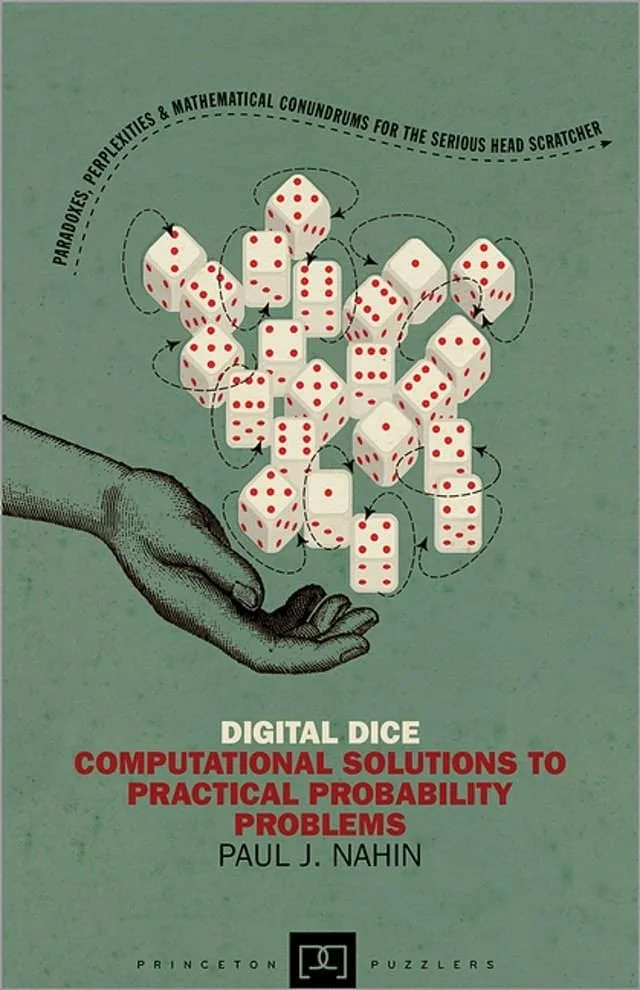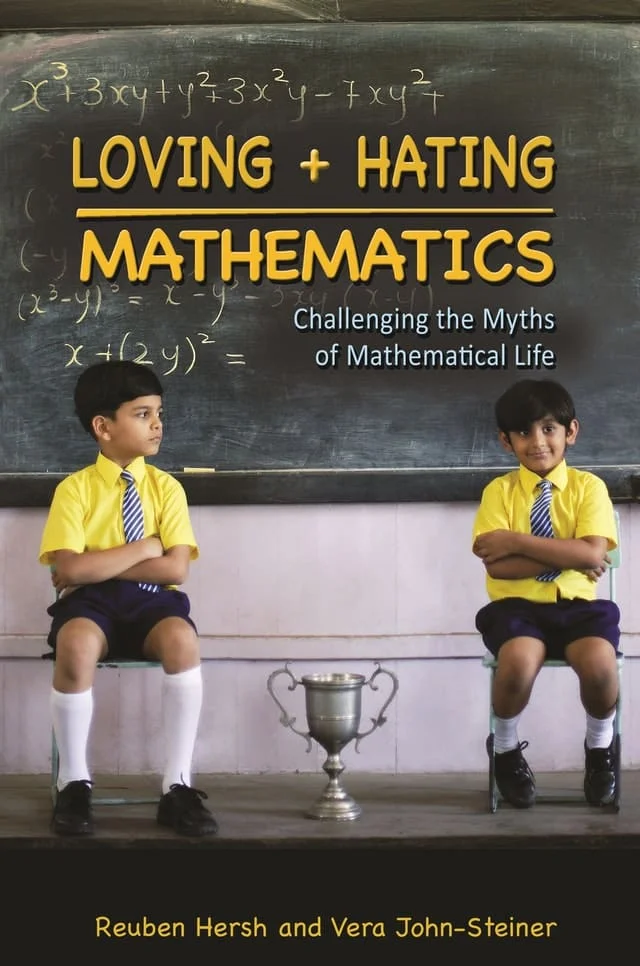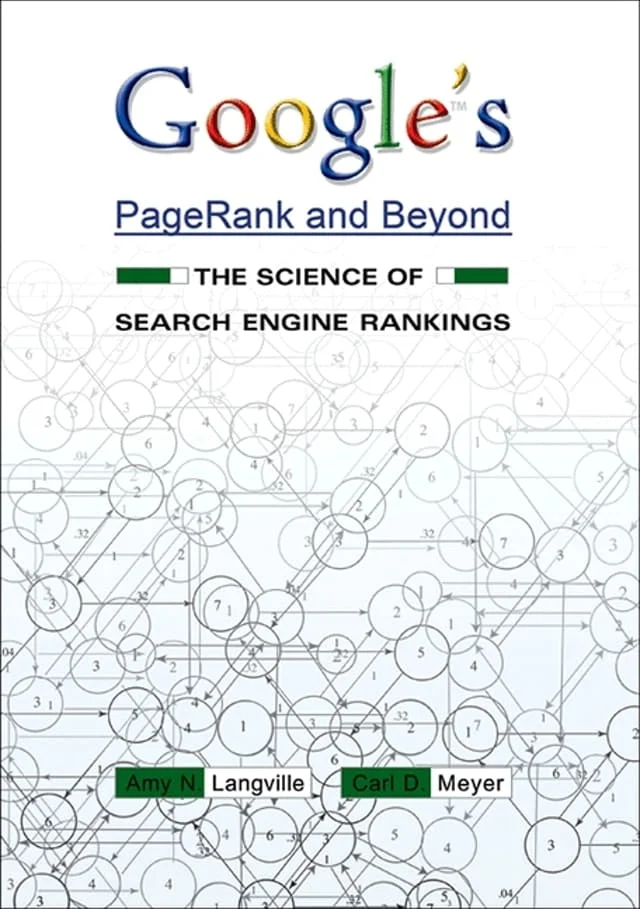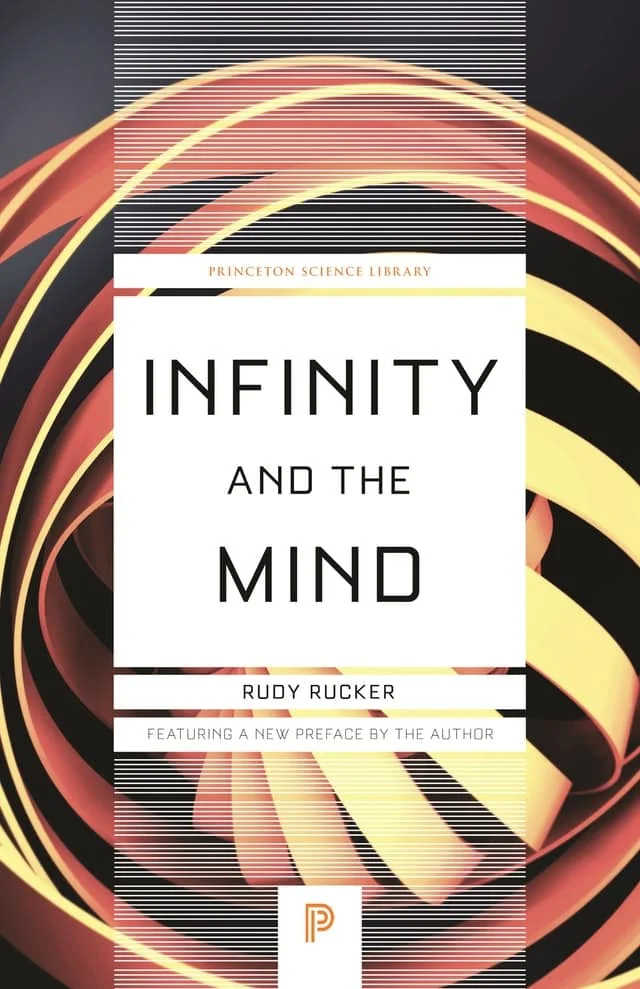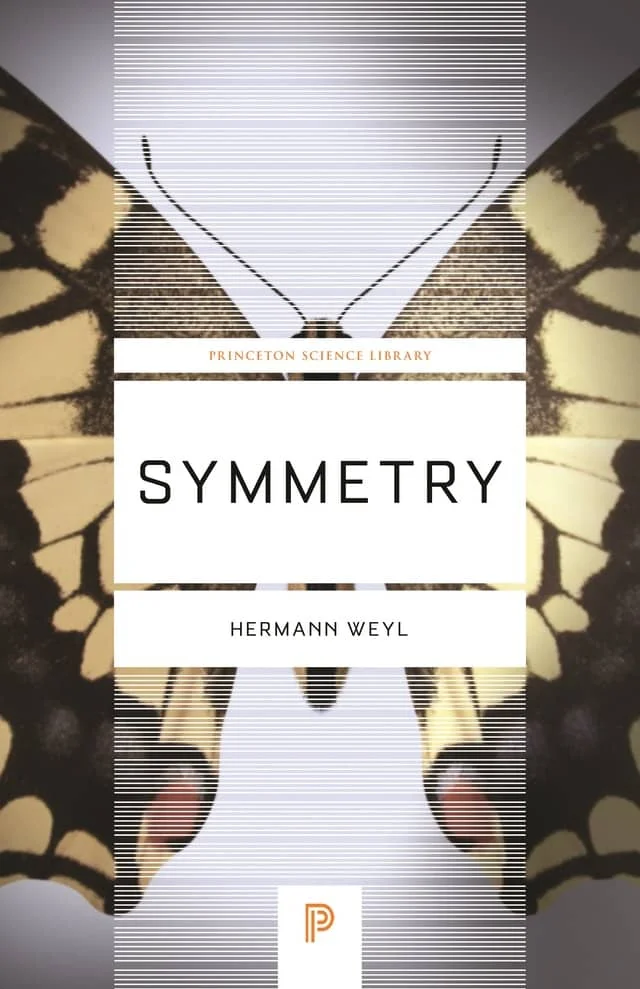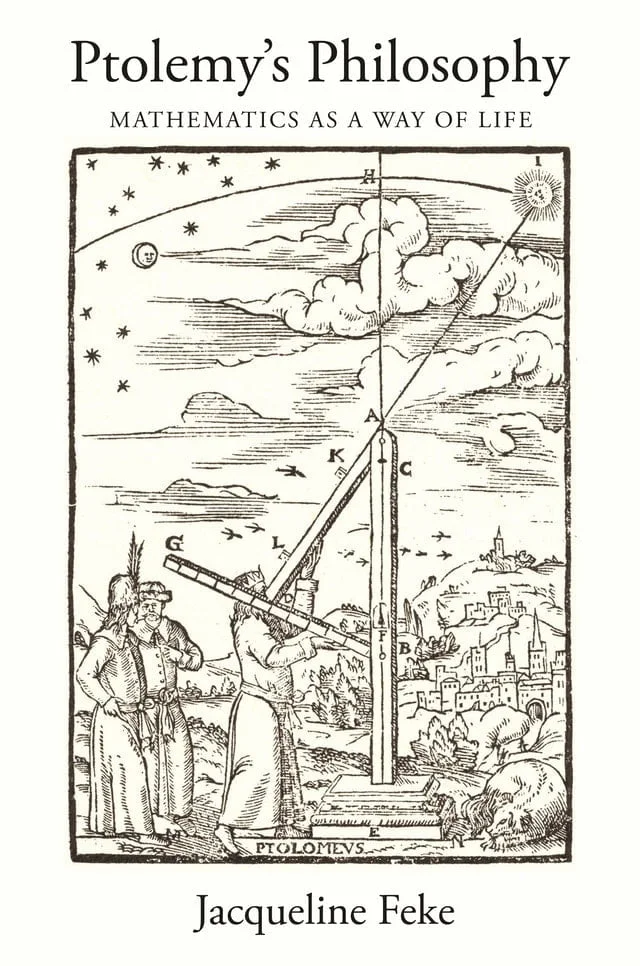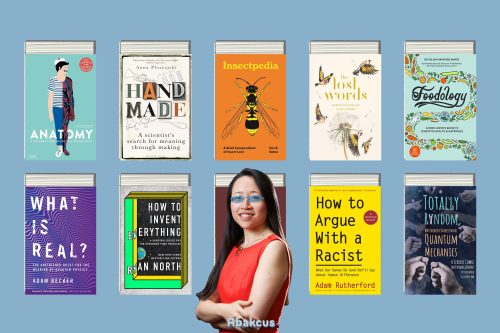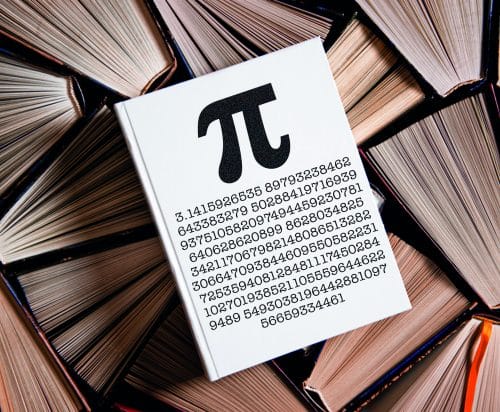Books are a kind of catalyst for the human brain to function. And Princeton University Press has been publishing scholarly math books since 1905. They bring influential voices and ideas to the world stage through their academic scholarship, advancing scholarly knowledge, and promoting human conversation.
They embrace the highest standards of scholarship, inclusivity, and diversity in their publishing. In keeping with Princeton University’s commitment to serving the nation and the world, they publish for scholars, students, and engaged readers everywhere. Although leading experts in the academic world write their books, they are accessible to the general reader.
Is Princeton University Press part of Princeton University?
The Princeton University Press is a charitable publishing organization established in 1905 and maintains close ties to Princeton University. Through their academic study, members of the press bring prominent voices and ideas to the forefront of global discourse. In so doing, they push the boundaries of what is known in the academic world and foster human interaction.
How does a university press work?
A university press is a type of academic publishing house specializing in publishing scholarly journals and monographs. Most university presses are non-profit entities that are fundamental to large research universities. They only publish research that has been evaluated and deemed worthy of publication by experts in the relevant subject.
Princeton University Press team is also very enthusiastic about audiobooks these days. Every time they publish a new math book, they also come with an audiobook version which is a perfect opportunity for a long commute! If you have never tried an audiobook so far, you should try Amazon’s Audible for free! You will love it!
Below, you will see more than 40 elegant math books from Princeton University Press. Any of them will be a great choice for lifelong learners like you!
“Some probability puzzles are so challenging that even the best mathematicians struggle with them. But even the most difficult of these issues can frequently be resolved using a computer and a Monte Carlo simulation, which uses a random number generator to imitate a real-world event like a million rolls of a pair of dice. The main goal of Digital Dice is to provide numerical solutions to challenging probability problems without the need to solve challenging mathematical equations.
Paul Nahin, a popular math author, challenges readers to find solutions to twenty-one challenging yet entertaining puzzles, ranging from figuring out the chances of coin-flipping games to understanding elevator behavior. Problems range in difficulty from the somewhat simple (determining if a dishwasher who breaks the majority of the dishes at a restaurant during a certain week is clumsy or just unlucky) to the extremely challenging (tackling branching processes of the kind that had to be solved by Manhattan Project mathematician Stanislaw Ulam). Nahin uses intriguing and peculiar historical narratives to illustrate the issues in his signature manner. For instance, readers discover that scientist Johannes Kepler chose his second bride by interviewing eleven women and learning how to choose the best ending point in any selection process.
The book gives solutions and line-by-line walkthroughs of MATLAB code for each issue and demonstrates how to construct basic computer codes in any popular programming language.
Anyone who appreciates computer technology or popular math will enjoy the game, Digital Dice. Nahin cleverly responds to some of the criticisms of the first edition in a revised introduction.”
“Many people believe that mathematics is the iciest manifestation of rational thought. However, there are few topics that elicit more love and hate than mathematics. The tale of arithmetic is nothing if not human; in many cases, it is all too human, despite the widespread idealization of math as existing above the chaos of human life. The book Loving and Hating Mathematics explores the unseen social, emotional, and human variables that influence mathematics and impact both students’ and mathematicians’ lives. Loving and Hating Mathematics captures the profound pleasures and frustrations of a mathematical existence in a colorful, approachable style and with the help of compelling stories and anecdotes.
These tales dispel a number of clichés, such as the assumption that mathematics is a solitary activity and a “young man’s game,” the notion that mathematicians are emotionally distinct from other people, and even the notion that it helps to be a little bit crazy to be a brilliant mathematician. Reuben Hersh and Vera John-Steiner recount the lives of mathematicians from their earliest days to their later years. They discuss teaching and mentoring, friendships and rivalries, relationships and marriages, and the experiences of women and underrepresented groups in a field that has historically been hostile to both. Stories of persons for whom mathematics has provided enormous comfort through times of crisis, war, and even jail are also included here, as are those rare individuals who have been driven to insanity and even murder by a mathematical passion.
This book is for everyone who wants to comprehend why one of humankind’s most logical pursuits is also one of its most emotional.”
“Our understanding of how infectious diseases spread across individuals and populations depends on mathematical models. This book is the first study of the topic to integrate deterministic and stochastic models and methodologies, and it provides readers with the knowledge and abilities to build and analyze mathematical models appropriately in infectious disease epidemiology.
Tools for Understanding Infectious Disease Using Mathematics Dynamics describes in detail how to utilize mathematical reasoning and biological interpretation to create helpful and consistent models. It also shows how to use these models for analysis. It demonstrates how to use statistical inference to connect models and data and how to apply mathematical findings to biology to acquire crucial insights into the dynamics of infectious diseases. Numerous in-depth activities are scattered throughout this extensive and approachable book, and full explanations are given for each practice.
Provides coverage of the most recent findings in the mathematical modeling of infectious disease epidemiology.
Incorporating stochastic and deterministic methods
teaches models’ creation, analysis, inference, and understanding, including several activities and their in-depth explanations.
throughout inspired by real-world uses.”
“Our lives are governed by a world of numbers, despite the fact that we rarely consider this. Baseball tossing, skipping rope, flower growth, football, gauging savings accounts, and many more everyday activities are intrinsically mathematical. The same goes for other hypothetical issues that are amusing to think about on their own, like how to score Olympic events.
Here, Robert Banks offers a variety of thoughts that have interested him and others and are both useful and entertaining: How tall can a person get? Why are we back up in traffic? Which football player—a big, plodding defender or a little, quick wide receiver—would have a better chance of getting away? Can icebergs tow from Antarctica help Californians who are experiencing a water shortage? What is the all-time record for the 100-meter dash?
The book’s twenty-four succinct chapters, each focused on a genuine phenomenon, are delivered in a friendly and interesting style. Banks demonstrates how the combination of arithmetic and straightforward reasoning may result in sophisticated models that can explain anything from the federal debt to the best way to ski jump.
This book is for anyone who is intrigued by how mathematics operates in our daily lives as well as its applications to what may be imagined. It just demands that readers have a basic understanding of high school or college math. Everyone will be rewarded with a wealth of intriguing puzzles and the skills necessary to solve them.”
“Why, even when you type in your own name, doesn’t your home page come up on the first page of search results? How do other websites’ pages consistently show up first? Why are these rankings so influential? How then? Google’s PageRank and Beyond, the first book was ever written about the science of web page rankings, provides the answers to these and other problems.
The book caters to two very distinct audiences: technical computational readers and enquiring scientific readers. The chapters gradually increase the level of mathematical complexity, making the first five chapters understandable to academic readers in general. Even if certain chapters are substantially more mathematical in character, all of them have plenty to offer both types of readers. The writers, for instance, add amusing tangents about how search engines profit and how the Great Firewall of China affects research.
The book provides various MATLAB routines, connections to sample web data sets, and a sizable background part intended to educate readers about the mathematics of search engines. The entire article is written with the intention of encouraging readers to try out the concepts and algorithms.
The clear examples, sample code, and list of resources offered can help any company that is sincerely interested in raising its rankings in the main search engines.”
Rudy Rucker takes readers on a journey to the region of the world he refers to as the “Mindscape” in Infinity and the Mind, where he examines infinity in all of its manifestations, including potential and actual, mathematical and physical, religious and every day. Rucker animates his book with cartoons, puzzles, and quotations while introducing us to astoundingly complex degrees of infinity, exploring the realms underneath our everyday experience, and explaining Kurt Gödel’s theory of the possibility of robot consciousness. Mathematics, science, and logic converge with the fantastic in the world of infinity. We discover important insights into the human mind, its capabilities, and its limitations by carefully scrutinizing the paradoxes that appear. A new introduction written by the author is included in this Princeton Science Library edition.
Using 99 alternative proofs of the same theorem, “99 Variations on a Proof” presents a broad view of mathematics. In a variety of historical, formal, and creative styles—from Medieval, Topological, and Doggerel to Chromatic, Electrostatic, and Psychedelic—each chapter resolves an otherwise unremarkable equation. Philip Ording combines these variations into an approachable and comprehensive narrative on the nature and practice of mathematics with a unique fusion of comedy and academic elegance.
Italo Calvino, Marcel Duchamp, and Raymond Queneau were among the writers that made up the Paris-based Oulipo. Ordering finds fresh angles to look at the artistic potential of mathematical activity. In Queneau’s Exercises in Style, a compilation of 99 different versions of the same story, 99 Variations on a Proof is a mathematical interpretation. It makes surprising connections to everything from mysticism and technology to architecture and sign language. Ording highlights mathematics’s adaptability and creative potential despite its reputation for precision and rigor through diagrams, found objects, and other visuals.
The book’s readers will get not only a bird’s-eye view of the field and its main branches but also fresh perspectives on its intricacies in history, philosophy, and culture. No matter their degree of skill, readers will learn astonishing new features of the mathematical world from these proofs and the commentary that goes along with them.”
One of the best mathematicians of the 20th century wrote a classic study on Symmetry in mathematics, the sciences, nature, and art called Symmetry. Beginning with the premise that Symmetry symbolizes a harmony of proportions, Hermann Weyl investigates the concept before moving on to look at its more abstract variations and expressions, such as bilateral, translatory, rotational, decorative, and crystallographic Symmetry. Weyl explores the overarching abstract mathematical concept that underlies all of these particular forms with the aid of several examples. Symmetry is a study of seminal significance that examines the significance and wide range of Symmetry’s uses.
“Numbers can frequently be frightening, perplexing, or even purposefully misleading—especially when they are really large. While the media enjoys reporting on millions, billions, and trillions, they regularly make simple errors or depict these figures in deceptive ways. Furthermore, misinterpreting numbers can have detrimental effects because they can influence many of our most crucial decisions, such as how to vote, what to buy, and whether to make an investment. Leading computer scientist Brian Kernighan shows anyone—even die-hard math phobics—how to demystify the numbers that confront us every day in this brief, approachable, educational, and amusing book.
Kernighan shows how numbers may deceive and distort using examples from a wide range of fields, such as journalism, advertising, and politics. He exposes everything from deceitful diagrams to falsely accurate numbers in chapters on huge numbers, units, dimensions, and more. And he demonstrates how anyone can learn to spot frequent errors, assess the veracity of figures, and create their own accurate estimations when necessary by applying a few fundamental concepts and a variety of shortcuts.
Millions, Billions, and Billions are a crucial survival manual for a society drowning in big—and frequently bad—data. It provides you with the straightforward tools you need to avoid being duped by questionable statistics.”
“An intellectually engaging account of Ptolemy’s worldview and his vision of a future where mathematics rules supreme
One of the most important figures in the history of science is the Greco-Roman mathematician Claudius Ptolemy. His astronomy is still remembered today, but history has nearly completely forgotten his philosophy. The first reconstruction of Ptolemy’s overall philosophical system, including his metaphysics, epistemology, and ethics, as well as an examination of how it relates to astronomy, harmonics, element theory, astrology, cosmology, psychology, and theology, are presented in this ground-breaking book.
Ptolemy’s technical research in the physical and mathematical sciences contains connections to a sophisticated philosophical goal, which Jacqueline Feke unearths in this intriguing intellectual history. She demonstrates how he created a radical and subversive philosophy, stealing ideas from other philosophers and using them against them. Fake demonstrates how Ptolemy’s distinctive approach is both a critique of contemporary intellectual currents and a vision of a society where mathematics rules supreme.
Ptolemy’s Philosophy, a remarkable work of study, shows how Ptolemy placed mathematics at the core of all philosophy, both academic and practical, and promoted the mathematical way of life as the real road to human perfection.”


